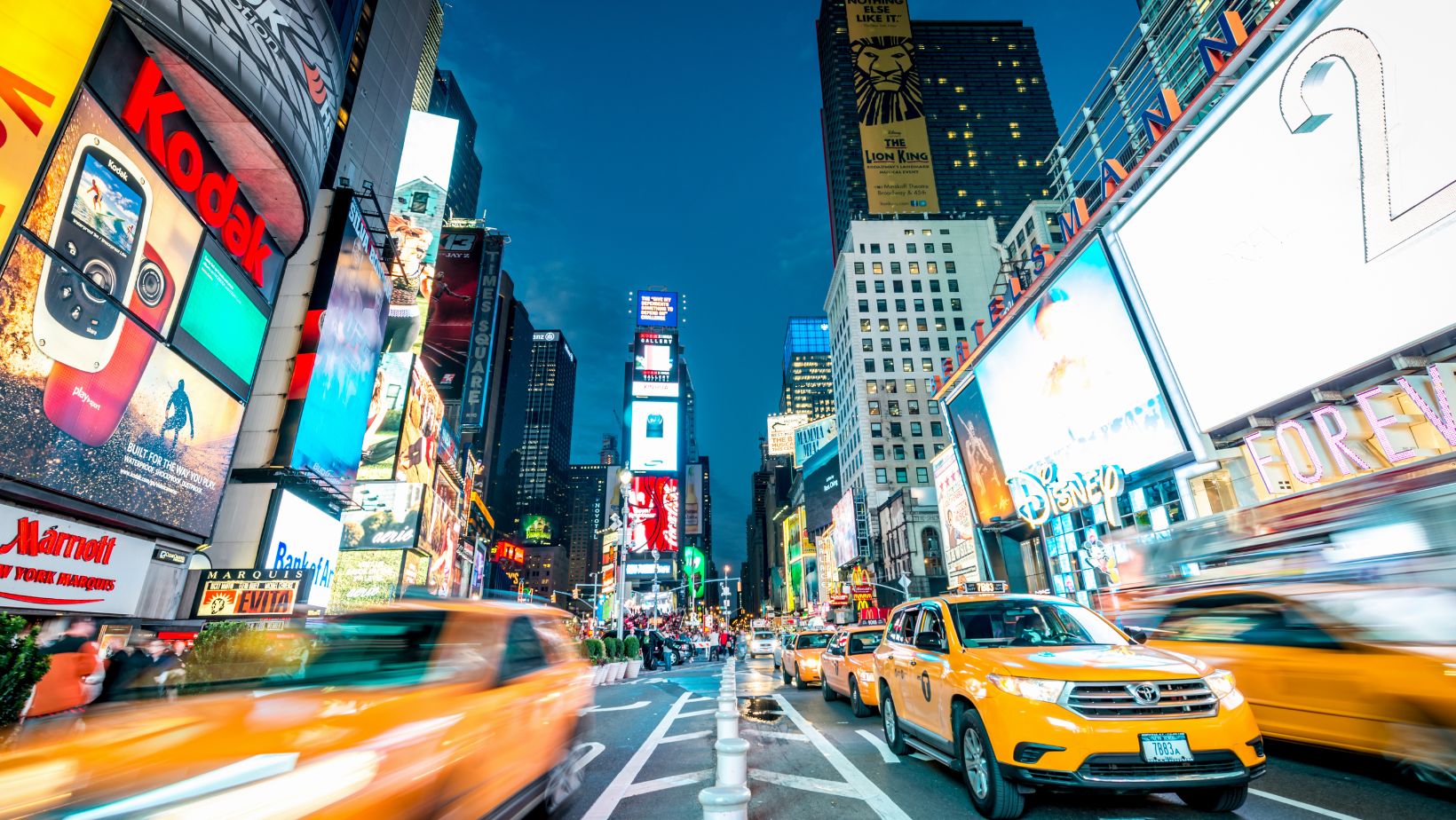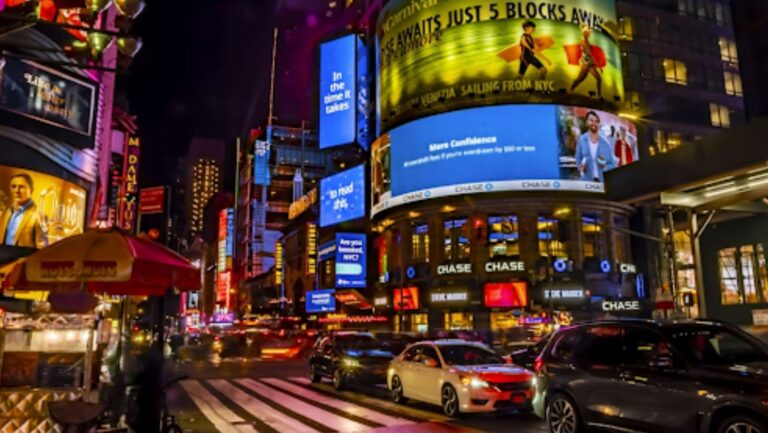In recent years, businesses and advertisers have increasingly turned to outdoor led display as a powerful medium for visual communication. These screens are not only bright and eye-catching but also remarkably efficient compared to older display technologies. As sustainability becomes a global priority, energy efficiency has become one of the key factors driving innovation in LED display design.
To help you understand how these modern systems save energy and reduce environmental impact, we’ll explore the main technologies, features, and best practices that make today’s LED displays more efficient than ever.
The Evolution of LED Technology
When LED displays first appeared in outdoor advertising, they were considered revolutionary for their brightness and durability. However, early models consumed large amounts of electricity, especially when used for 24/7 digital signage.
Today, advancements in LED chip design, driver technology, and smart power management have drastically reduced power consumption. Modern diodes emit brighter light while requiring less voltage, allowing a display to maintain excellent visibility in direct sunlight with significantly lower energy use.
Smart Power Management Systems
One of the most important developments in outdoor LED display technology is the integration of intelligent power control systems. These systems automatically adjust brightness according to ambient light conditions — a process known as auto-dimming.
For example, at night or on cloudy days, the screen reduces its brightness to maintain visual comfort and save energy. This automatic adjustment can cut electricity use by up to 30–40% without affecting display quality.

Some advanced displays also include modular power control, meaning each section of the screen can operate independently. If a portion of the screen isn’t in use, the system lowers or cuts power to that area, resulting in additional savings.
High-Efficiency LED Chips
The shift toward SMD (Surface-Mounted Device) and COB (Chip-on-Board) LED technologies has improved both performance and energy efficiency. These newer chips generate higher luminous output per watt, meaning they deliver more brightness using less energy.
Manufacturers now prioritize the lumen-per-watt ratio — a measure of how efficiently a light source converts energy into visible light. Outdoor LED displays featuring high-efficiency chips can reach over 130 lumens per watt, compared to less than 90 lumens per watt in older models.
The result: a more vibrant display that remains eco-friendly and cost-effective over long-term use.
Improved Heat Dissipation for Lower Energy Use
Energy efficiency is not just about how much power the display consumes — it’s also about how it handles the heat produced during operation. Excessive heat can reduce performance and force cooling systems to work harder, wasting energy.
Modern outdoor LED screens are designed with advanced heat dissipation systems, such as aluminum cabinets, thermal conduction modules, and fanless cooling designs. These innovations keep the display running at an optimal temperature while minimizing power loss.
A cooler system also means a longer lifespan, reducing maintenance costs and electronic waste — both of which contribute to greater sustainability.
Renewable Energy Compatibility
As more businesses seek to minimize their carbon footprint, integrating outdoor LED displays with renewable energy sources has become increasingly common.
Solar-powered LED billboards, for instance, can store energy in batteries during the day and operate autonomously at night. Combined with efficient LED modules and smart energy management, solar integration can reduce or even eliminate the need for traditional grid electricity.
This approach is particularly effective in sunny regions of the United States, such as California, Texas, and Arizona, where outdoor digital signage is widespread.
Lower Maintenance, Longer Lifespan
Energy efficiency goes hand in hand with durability. LEDs are known for their extended lifespan — often exceeding 100,000 hours of operation. Because these components don’t require frequent replacement, businesses benefit from reduced maintenance, fewer service calls, and lower overall energy consumption associated with production and transportation of replacement parts.
This long-term efficiency also makes outdoor LED displays an environmentally responsible choice compared to traditional billboards or LCD screens, which require more frequent maintenance and replacement.
Real-World Applications: Sustainable Outdoor Advertising
Major brands and event organizers are already using energy-efficient LED technology to power large-scale outdoor displays while meeting sustainability goals.
For example, sports arenas and music festivals across the U.S. have replaced older signage with lightweight, low-power LED walls that deliver bright visuals without overloading the electrical grid. Similarly, urban advertisers now use smart LED billboards that adapt to traffic patterns and weather conditions, maximizing visibility and minimizing waste.
These solutions demonstrate how efficient lighting design can support both environmental and marketing objectives.
Choosing the Right Energy-Efficient Display
When selecting an outdoor led display for your business, it’s important to look beyond size and brightness. Energy-saving features, smart controls, and high-efficiency components should be part of your decision-making process.
By choosing the right display, you not only reduce operating costs but also contribute to a greener and more energy-conscious future.




